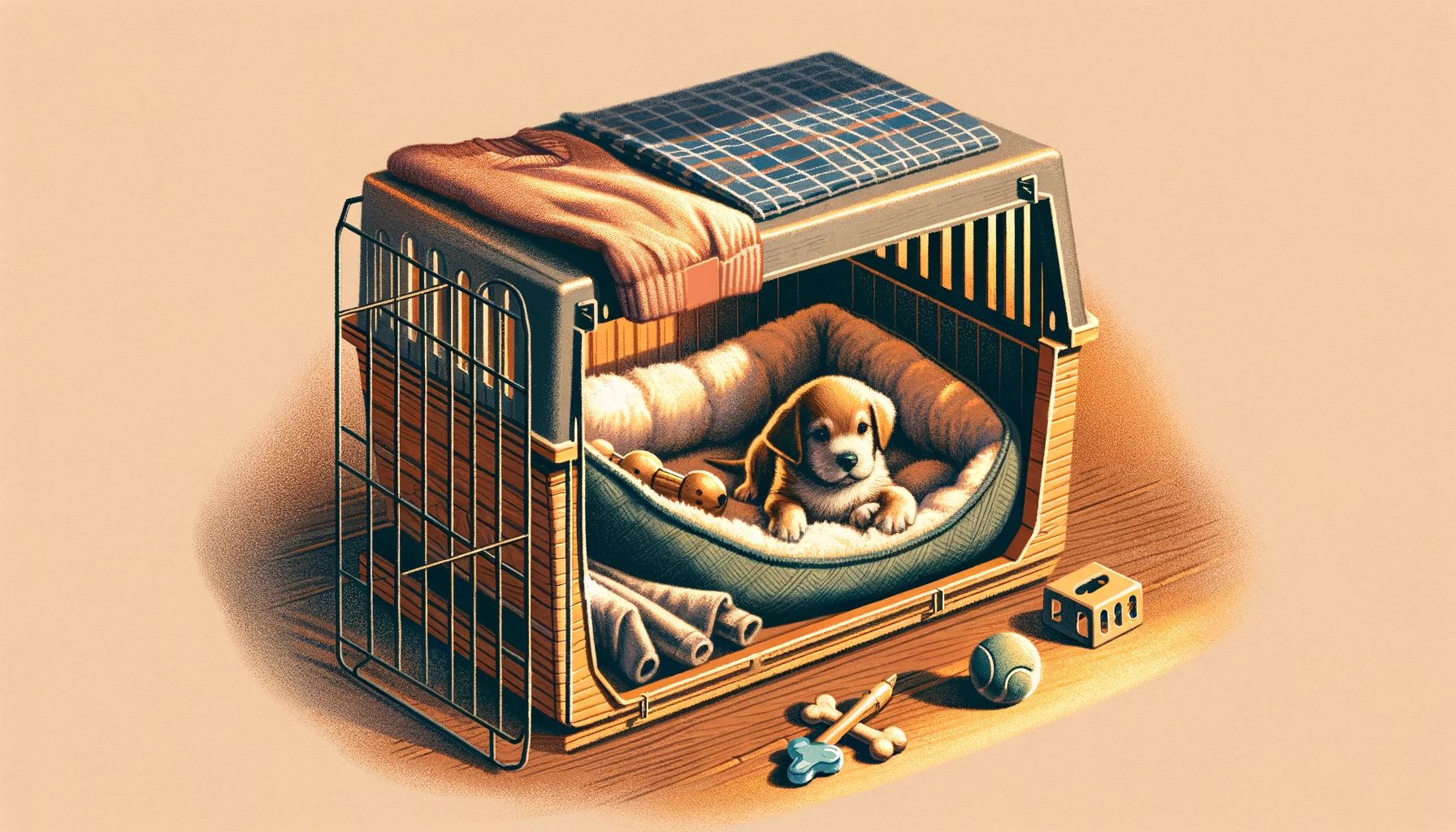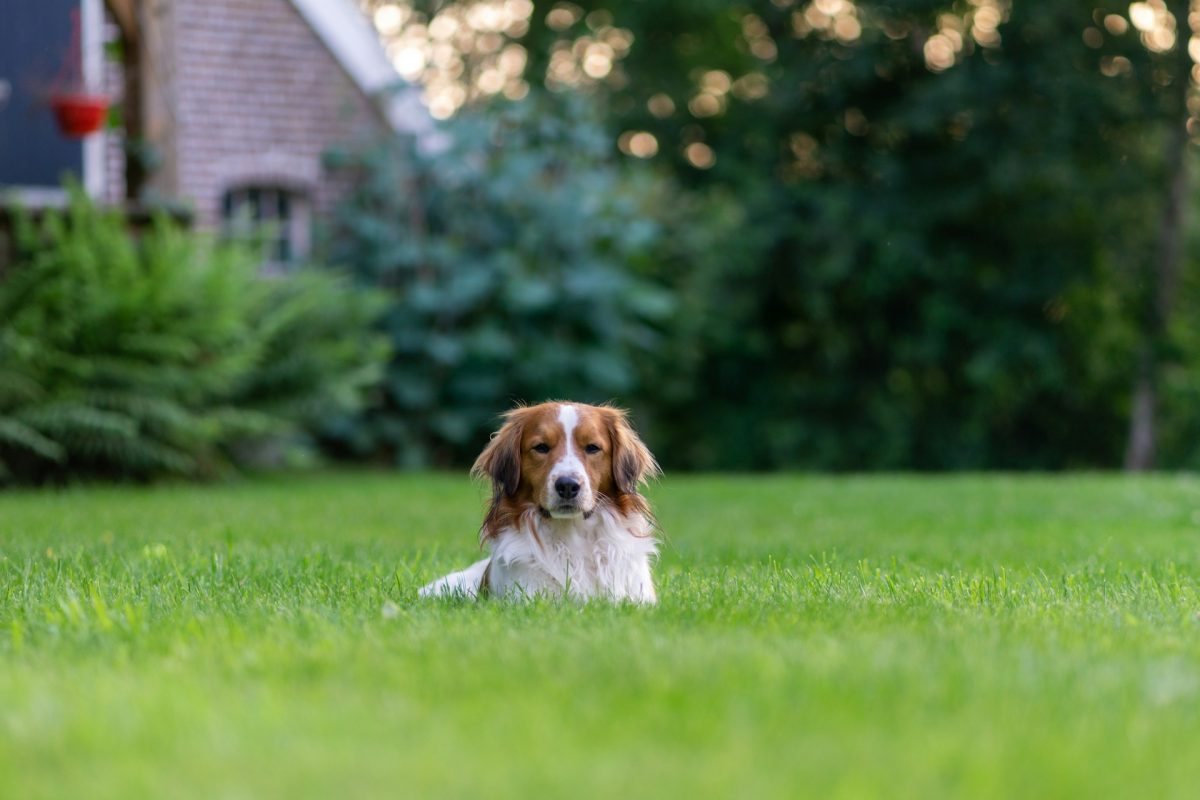Crate training is an essential part of puppy training, fostering a sense of security and aiding in housebreaking. However, it’s crucial that the experience is positive and executed with patience. Here’s how to ensure crate training success:
1. Choose the Right Crate
Selecting the appropriate crate size and type is vital. Your puppy should have enough room to stand, turn around, and lie down comfortably but not so much space that they can eliminate at one end and sleep at the other. Adjustable crates are great for growing puppies.
2. Make It Inviting
Transform the crate into a cozy retreat. Soft bedding, a beloved toy, and even an item with your scent can make the crate feel safe and welcoming. This positive association helps ease the puppy’s anxiety about being in the crate.
3. Gradual Introduction
Introduce your puppy to the crate slowly. Encourage exploration and voluntary entry with treats and toys. Feeding meals near or inside the crate can also help them associate it with positive experiences.
4. Establish a Routine
Routine is comforting to puppies. Incorporating the crate into a daily schedule for sleeping, relaxing, or safekeeping when you’re unable to supervise directly helps your puppy understand when and why they’ll be spending time in their crate.
5. Utilize Positive Reinforcement
Always associate the crate with positive experiences. Treats, praise, and playtime for entering or staying in the crate calmly reinforce a positive relationship with the crate. Avoid using the crate as punishment.
6. Incremental Crate Time
Begin with short durations in the crate and gradually increase as your puppy adjusts. If they show signs of distress, scale back and slowly build up their tolerance again.
7. Be Patient and Consistent
Patience and consistency are key. Each puppy will adapt to crate training at their own pace. Maintain a positive, encouraging approach, and your puppy will learn to see their crate as a safe, comfortable space.
Successfully crate training your puppy requires understanding, patience, and consistency. By following these seven tips, you can create a positive crate experience, ensuring your puppy grows into a well-adjusted and happy dog. Remember, the crate is not just a training tool but a space where your puppy feels secure and comfortable.



